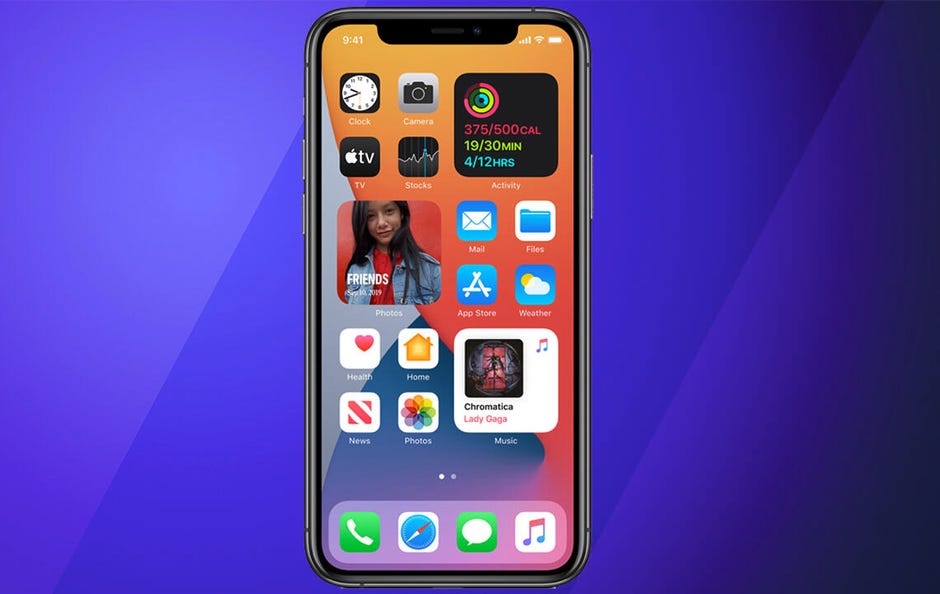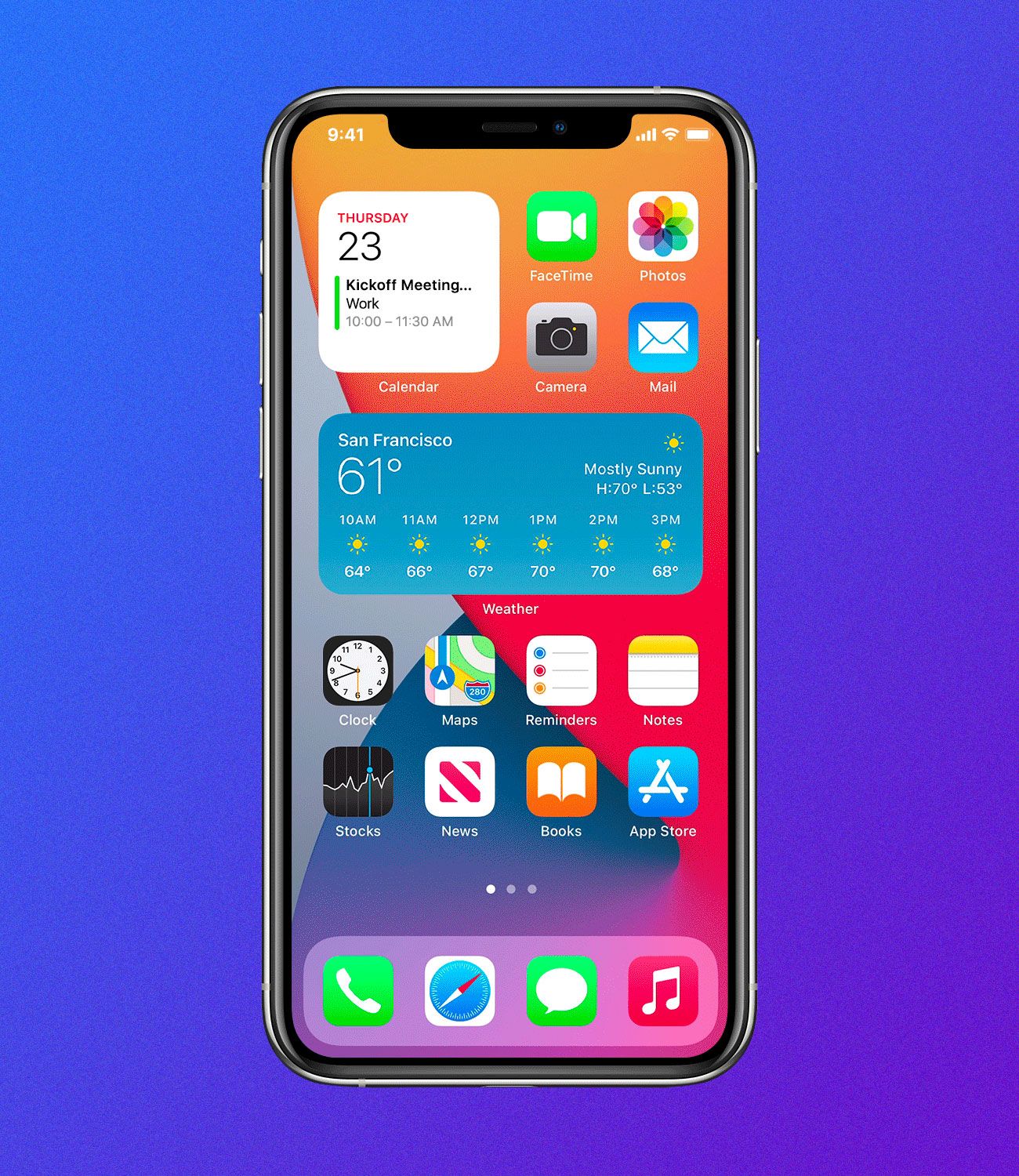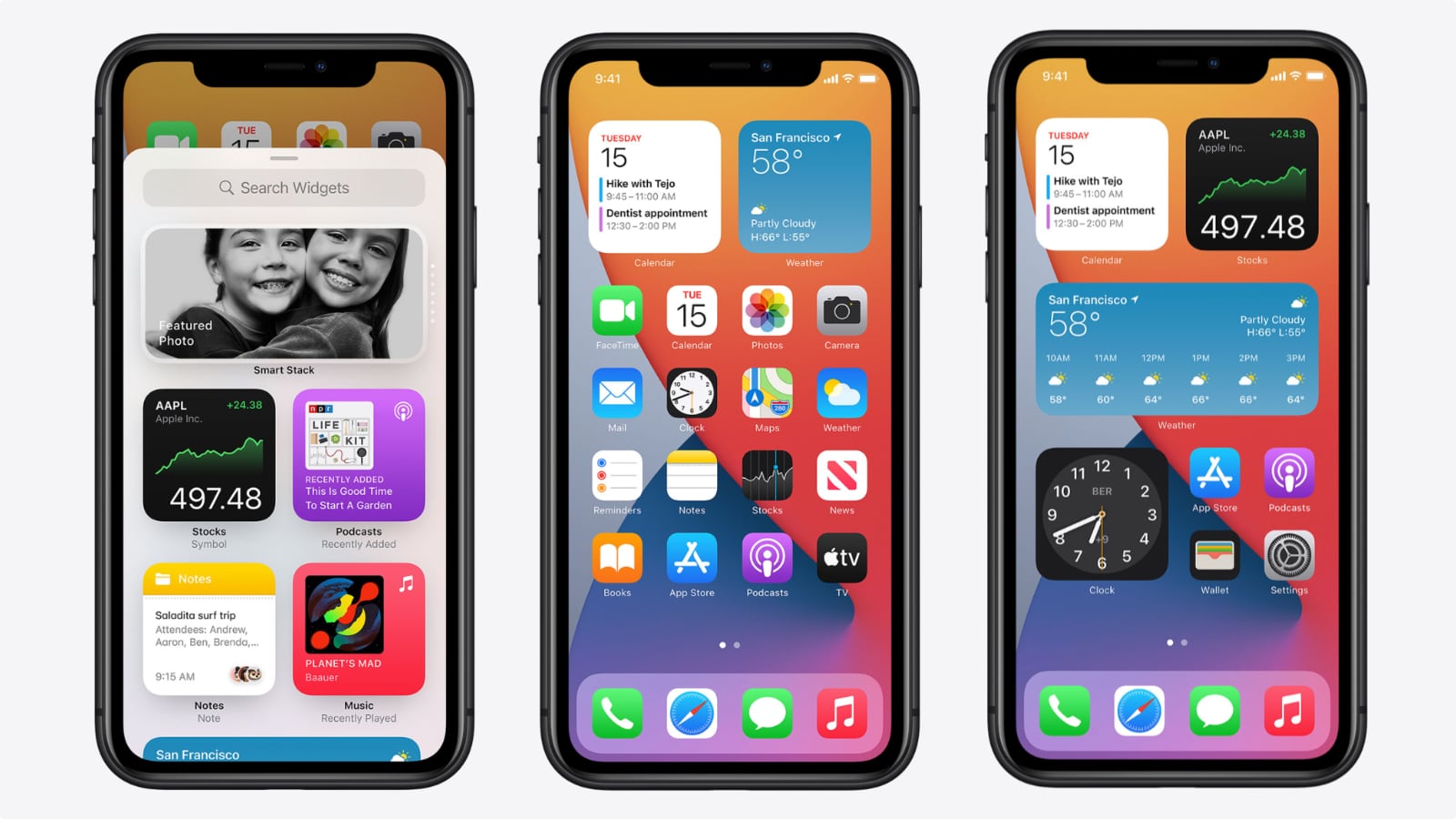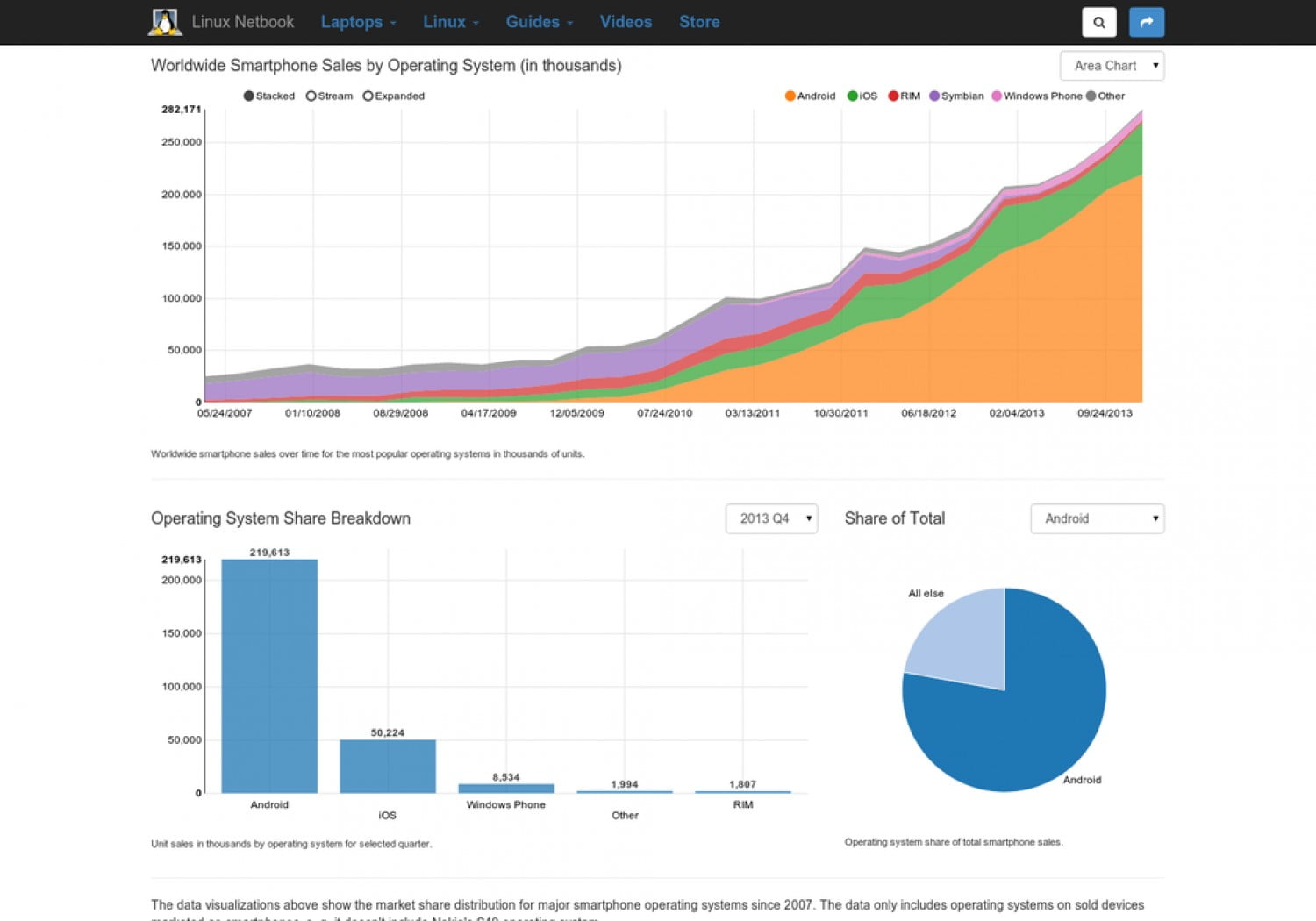How Android got huge
Share
Earlier this week, we updated our tremendous visual history of Android to include information on each launch from the running gadget’s 10-12 months” records. I’ve also made the case that Android is now the area’s most dominant operating device. Google invested in shopping for and growing Android ordinarily to ensure that Microsoft didn’t take that crown. These histories are valuable; however, they go away with one open query: How did Android become so dominant? Like any massive fashion with many causes, there’s no personal solution to that query. But on this week’s Processor, I wanted to look at one of these causes.
Verizon.

By arguing that Verizon is one reason Android is now big, I need to be clear that I don’t consider that its guide turned into an enough (or perhaps even necessary) circumstance for Android’s achievement. Rather, the provider ended up performing like a type of kingmaker.
In 2009, telephone competition was regarded more specifically than today. The iPhone had shaken up the complete enterprise. However, in the US, it was nonetheless distinct to AT&T. Verizon — which had become down the chance at that exclusivity — was casting about for a few forms of the comfort-prize cellphone for its customers. There was plenty of communication about the “iPhone killer” that appears ridiculous now; however, it wasn’t so absurd then.
Although that is especially a tale about the US aspect of the phone struggle, I suppose it’s honest to mention that the United States changed into floor 0 in 2009. It’s fair to say that no one had greater energy to tip the scales in that combat inside the US than the carriers.
In addition to Android and the iPhone, there has been competition from Symbian, BlackBerry, and Windows Mobile, and something has still left Palm OS. Each of these structures had blessings and disadvantages. However, the remaining four were built on antiques and an increasingly rickety foundation in difficulty. At the same time, it guesses at the atrocious BlackBerry Storm in 2008, which had the “innovation” of making the entire display screen a bodily button, so you needed to click down on display to kind. So, by 2009, Verizon had to try something else.

There were two options on the table. One was the Palm Pre Plus, the second generation of the webOS cellphone that fixed some unique problems. As we said, in 2012, Verizon had installed a big order and promised a big advertising blitz for the Pre Plus.
I can’t say how much Verizon’s simple concept is of an “iPhone killer” or if Verizon is genuinely using it as leverage for its other big wager. That massive wager of the path became Google, Android, and the Motorola Droid.
You, in all likelihood, realize what came about subsequently. Verizon pushed all its chips in the back of the Motorola Droid — a hundred million of them, to be precise, which became additionally the greenback amount of the advertising marketing campaign placed in the back of the Droid. That cash is similar to the price of licensing the word “droid” from George Lucas.
The commercials from that campaign have been completely unavoidable within the run-up to and launch of the Motorola Droid. It changed so massively that it set the Droid up as Verizon’s iPhone alternative. But it did greater than that: it positioned Android as the de facto “different” telephone to the iPhone.

It doesn’t harm that the Droid turned into a good telephone, better in numerous ways than the Palm Pre Plus. But, once more, huge traits have a couple of reasons, and simply making a better smartphone isn’t always enough for fulfillment. It also doesn’t hurt that it had the help of Google, which participated a lot in its development. Googlers refer to it because of the unofficial first Nexus telephone. But, unfortunately, Palm changed to the left to release its phone later and with much less advertising aid. And to be sincere, it by no means certainly recovered after that.
Anyway, I can’t deliver that ad campaign without declaring it exceptionally sexist. Kara Swisher typically put it best in her article from 2009: “Is the New Droid Ad Anti-Women and Anti-Gay or Just Plain Idiotic? Actually, All Three!”
Verizon’s misogynistic advert marketing campaign prompted numerous toxicity in smartphone discourse. It was not the smartphone discourse telephone they selected as a part of their identity. Still, it did so in a way that recommended them to denigrate those who made different selections. Google’s latest “Be together, no longer the identical” marketing campaign changed into a nice counter to that fashion. But in many approaches, the harm to the lifestyle surrounding telemanyroups had already been achieved.
I don’t need to mourn the international exchange that would have come to pass — even though I suppose the smartphone market changed into loads extra vibrant. At the same time, there were more possible competitors available. I simply want to note that a component’s popularity isn’t tied merely to its best. Especially in the US, telephones aren’t merely based on their own needs. Their personal motivations forth the need for personal motivation scales.
Verizon and the Droid didn’t make Android what it is today, but, indeed, Android wouldn’t be what it is today without them.





